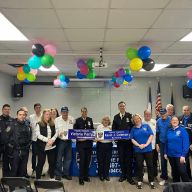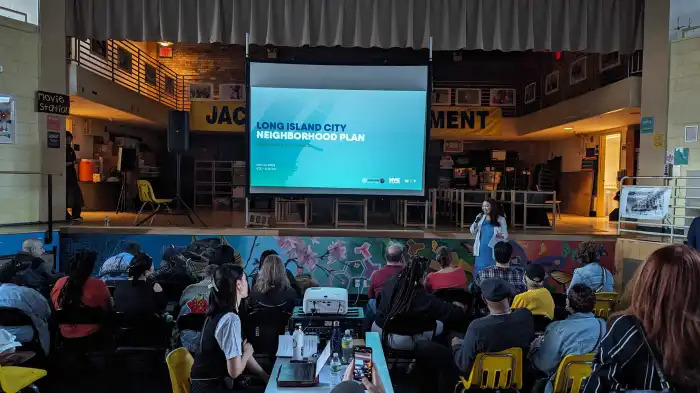By The Times/Ledger
We shall sing the praises of Astoria as music has played a vital part of its history. Tony Bennett may have carelessly forgotten to pack his heart when he left San Francisco, but his voice has never been lost or left behind, it has stayed with him since his day of birth in this northwestern corner of Queens. Astoria, the neighborhood named after John Jacob Astor, actually constitutes the part of Long Island City north of Broadway (the Queens “Broadway,” not the other one).
In 1870 the piano maker William Steinway set up his factory here on Steinway Place, which still exists today. Not only the music makers from Germany (Steinway) and the Italian-American Bennett, but Greeks rapidly increased in number after 1965 making Astoria home to the largest Greek neighborhood outside of Athens. The result is not only more music, but some of the greatest restaurants in town. In addition, Astoria is also home to sizable communities of Colombians, Chinese, Guyanese, Koreans, and to a lesser extent Ecuadorians, Romanians, Indians, Filipinos and Dominicans.
Artistically Astoria, early on in, became home to the Kaufman Astoria Studios where Rudolph Valentino, the Marx Brothers and Paul Robeson made films. Today still viable as the home of TV and radio studios, it also houses the American Museum of the Moving Image (the only museum in the United States exclusively dedicated to exploring the art, history, technique and technology of film, television and video, and examining their impact on culture and society), 35th Ave. at 36th St., 784-0077. There are any number of shopping areas with restaurants deserving of recognition. Steinway St. from 36th Ave. to Astoria Blvd. has been called “The World's Longest Department Store.” Additional shopping activity is on Broadway from Crescent St. to 48th St., and 30th Ave. from 29th St. to 44th St.
More info: The Central Astoria Local Development Corporation, 728-7820; Community Board 1, 786-3335.
Even though most residents of Queens wouldn't believe it, both Brooklyn and Queens are actually a part of Long Island. As a matter of fact, Long Island City, in Queens, is the largest neighborhood in the borough and comprises several smaller ones: Hunter's Point, Ravenswood, Astoria, Steinway and Sunnyside.
Industry was, and is, a large part of LIC, but the arts have moved in mightily, as LIC is home to The Isamu Noguchi Garden Museum (houses over 300 works by world-renowned sculptor Isamu Noguchi), 32-37 Vernon Blvd. at 33rd Rd., 204-7088. Socrates Sculpture Park (the only public space in the metropolitan area devoted to the exhibition of large-scale outdoor sculpture), Broadway at Vernon Blvd., 956-1819. Perhaps the greatest sculpture can be seen at Socrates by gazing across the East River-an incredible view of the Manhattan skyline.
LaGuardia Performing Arts Center at LaGuardia Community College (two indoor theatres seating 200 and 800 people, an outdoor amphitheater and various adjoining conference facilities), 31-10 Thomson Ave., 482-5151. P.S. 1 Museum-The Institute for Contemporary Art (dedicated to the presentation of artistic activities in various media, through contemporary art exhibitions, new work performances, film and video screenings and related activities), 22-25 Jackson Ave. at 46th Ave., 784-2084. Many smaller and “just-getting-started” artistic groups are also setting up shop in LIC.
More info: Long Island City Business Development Corporation, 786-5300; Community Board 1 786-3335; Community Board 2 533-8773.

































